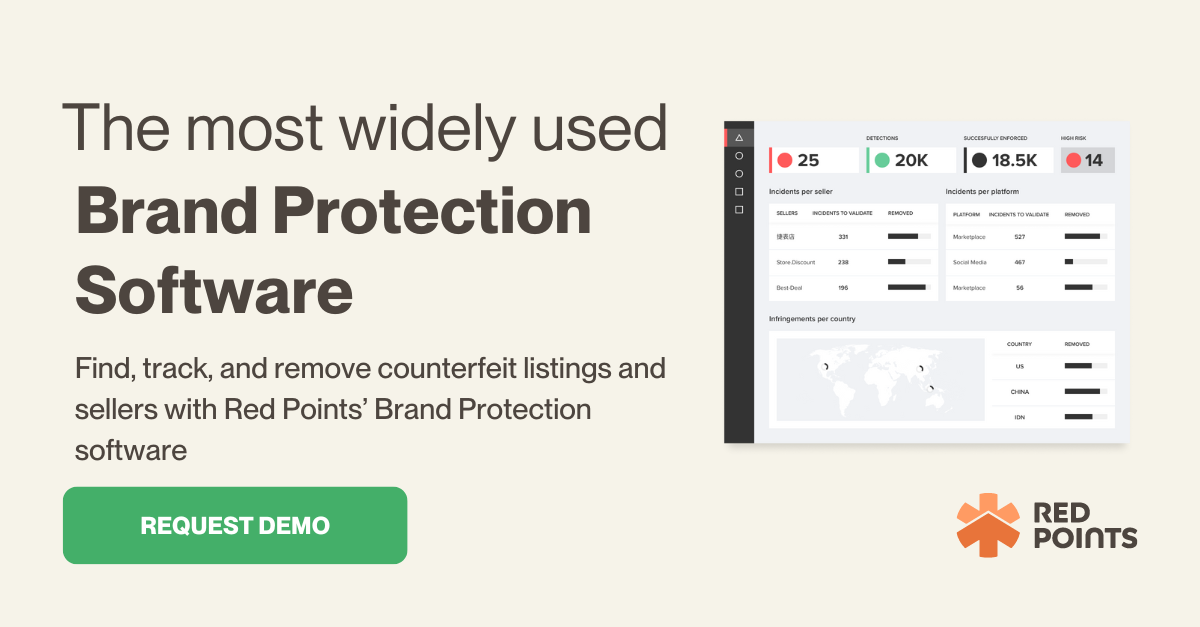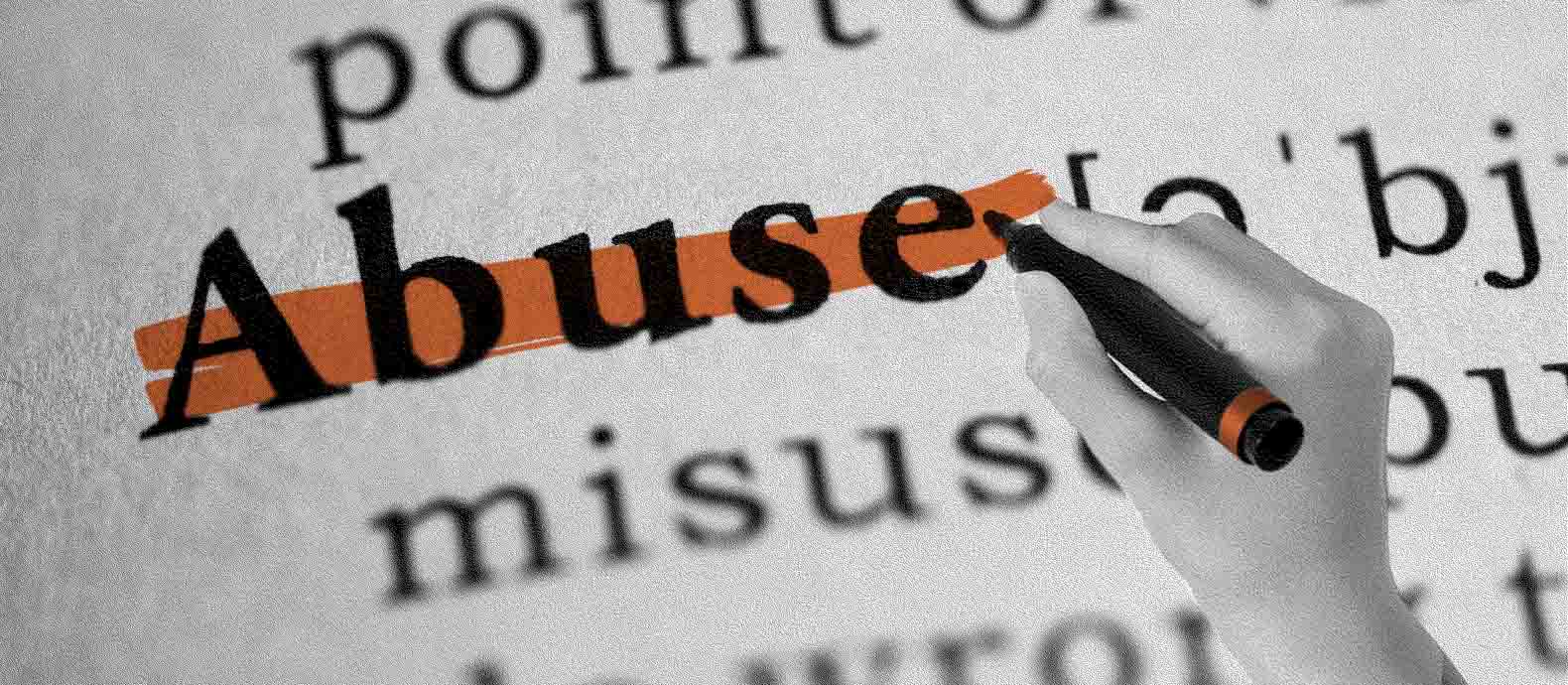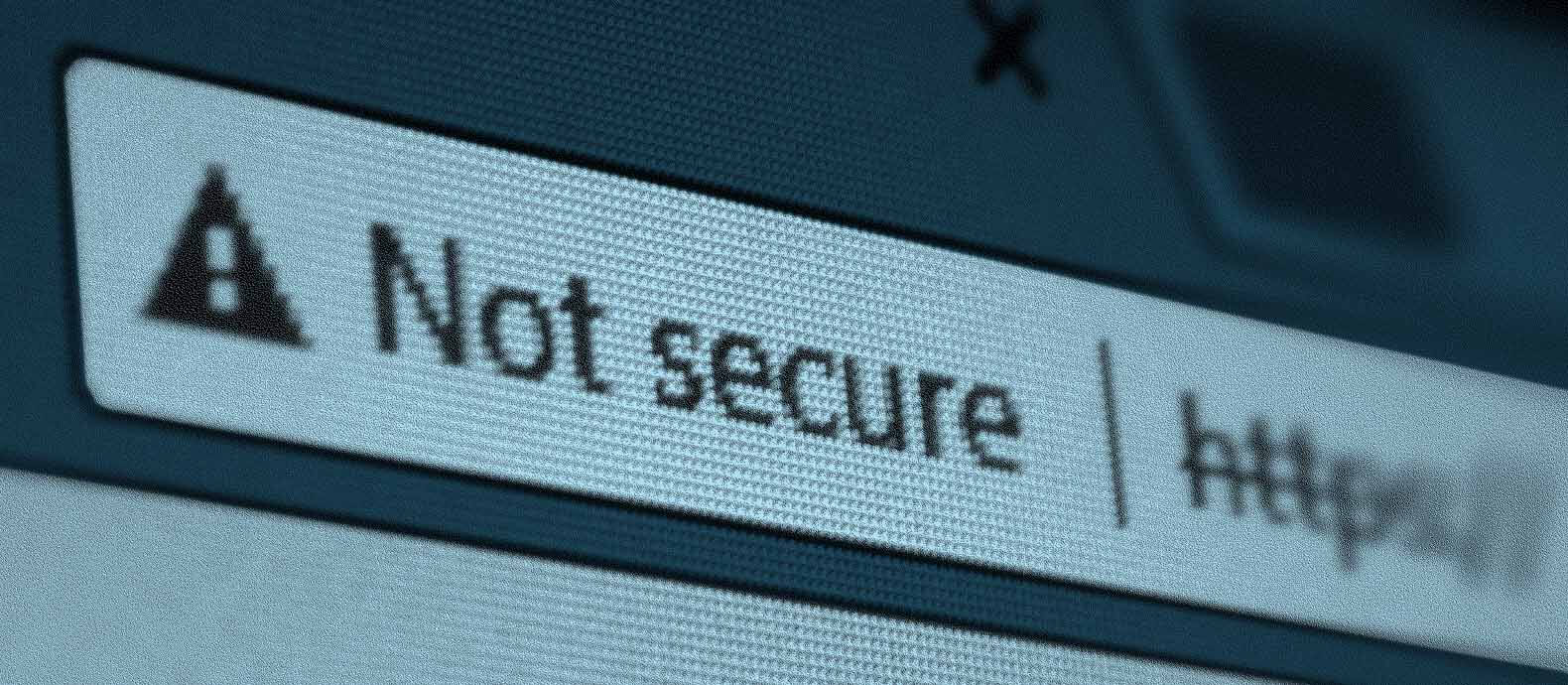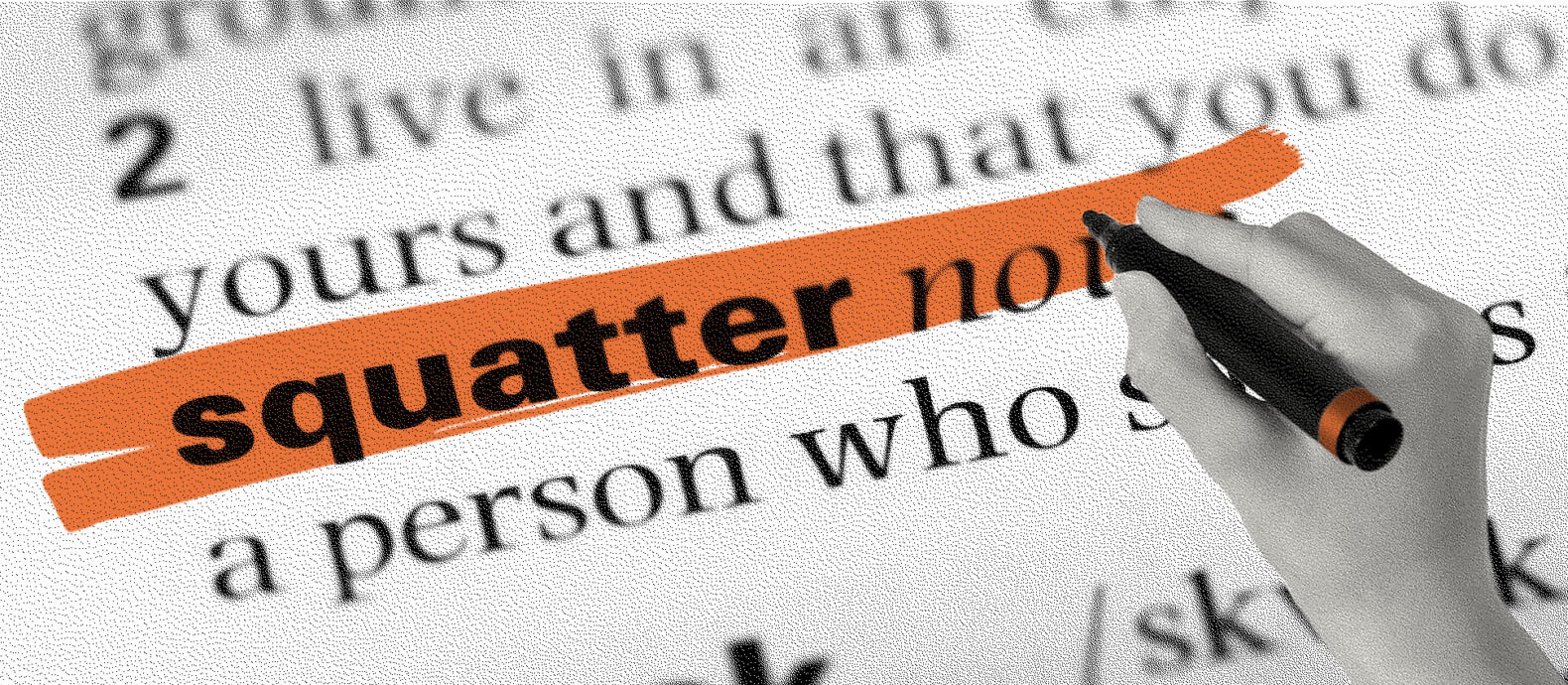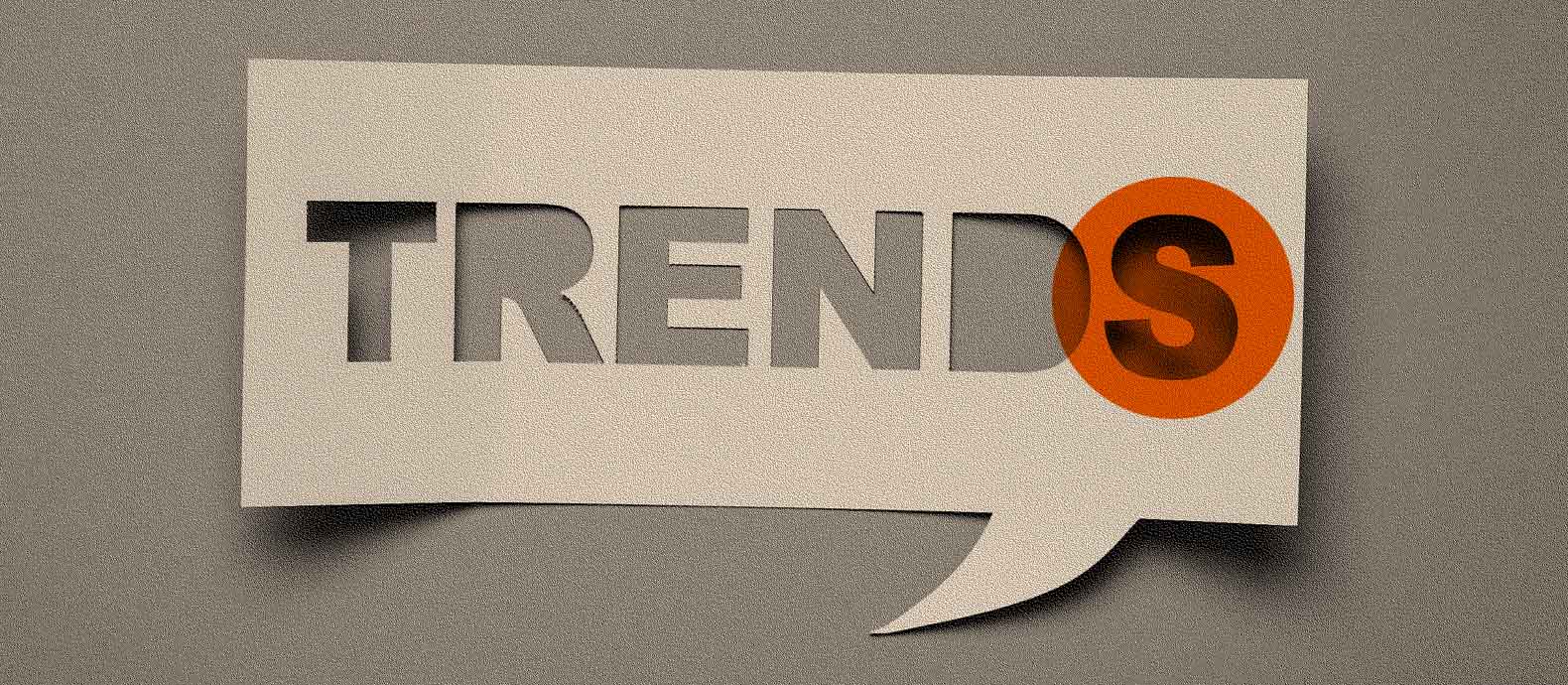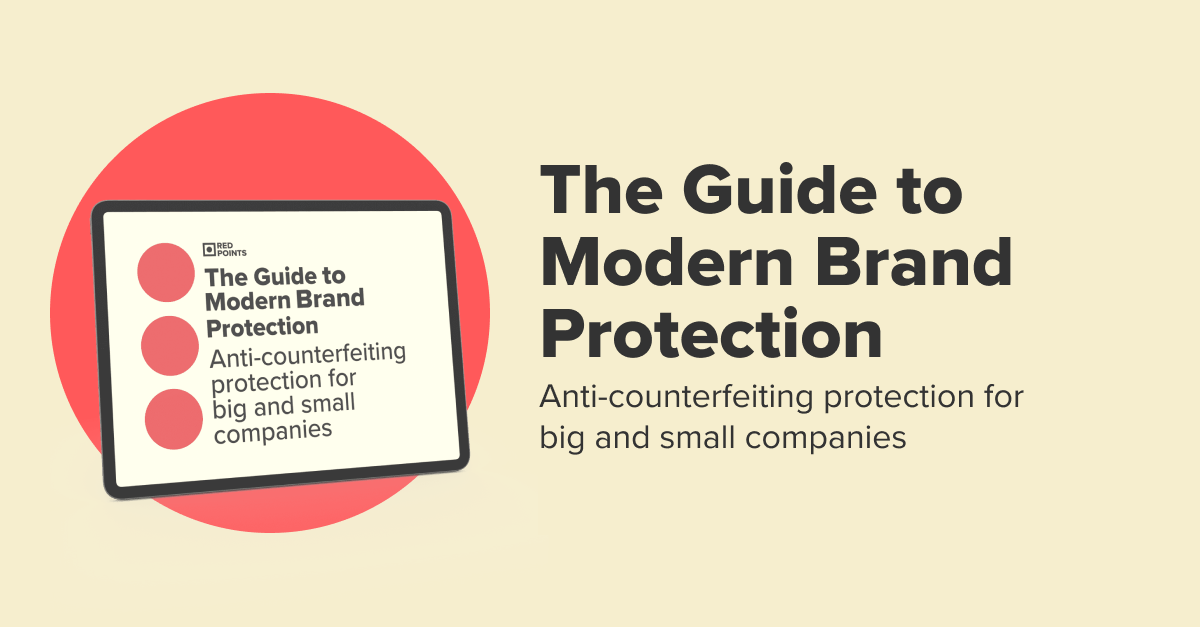Online brand abuse is a major problem for many businesses in today’s market. Brands that are targeted by scammers and counterfeiters risk a loss of revenue as well as damage to their intellectual property (IP) and reputation.
Brand abuse also results in bad experiences for consumers. Research has shown that 72% of customers will switch brands after one bad experience. If you fail to act to combat brand abuse the consequences will be significant and may have the potential to ruin the growth ambitions of your business.
In this blog, we explore brand abuse and how to protect your brand by highlighting a few important topics, including:
- What is brand abuse?
- Types of brand abuse to watch out for
- How does brand abuse affect your brand?
- How can you monitor and detect brand abuse online?
- What is the best way to combat online brand abuse?
What is brand abuse?
Brand abuse is a broad term used to describe any outside party infringing on a brand’s intellectual property. Bad actors will try to misuse or steal branded content to take advantage of a business’s reputation and customers. Brand abuse often manifests in a variety of forms including counterfeiting, impersonation, rogue websites, domain name squatting, and copyright piracy.
Bad actors target brands to copy their original ideas, steal their revenue and undermine their relationship with customers. 81% of consumers need to trust a brand to consider buying. If brand abusers are able to disrupt this relationship they can cause serious damage to your brand.
Types of brand abuse to watch out for
- Counterfeiting and trademark infringement
Counterfeiting and trademark infringement occurs when bad actors fraudulently copy a brand’s intellectual property. Counterfeiting can be illegal if it involves the forgery of a well-known brand or product. Similarly, if you have registered your content in the U.S. Patent and Trademark Office, counterfeiting can kickstart legal action.
These tactics have become increasingly common online because it is easier than ever to produce, sell, and market counterfeits across marketplaces, social media, and third-party platforms. The sheer volume of traffic going through these websites makes it easier for counterfeiters and trademark infringers to operate discreetly.
- Phishing and brand impersonation
Phishing is a tactic used by scammers that involves sending false emails or other messages with the intention of eliciting sensitive information from individuals. In these messages, bad actors will often impersonate brands in order to gain trust. If your customers are taken advantage of through phishing they will lose trust in your brand and they may stop buying your products.
Brand impersonation is a common attack that usually involves bad actors impersonating a trusted brand in order to trick victims. Scammers will copy your content, images, correspondence, and products. You need to watch out for brand impersonation because it can impact your brand’s image and disrupt your relationship with customers.
- Domain squatting and cybersquatting
Domain squatting (also known as cybersquatting) is the practice of registering, buying, or using domain names in order to profit off the intellectual property of legitimate businesses. Bad actors will obtain domains that are the same or similar to those owned by real brands in order to divert traffic, sell their own counterfeit products, and capture sensitive consumer information.
- Unauthorized reselling and gray market sales
Brand abuse also manifests in unauthorized reselling and gray market sales. Fraudsters will obtain your products and sell them without authorization across a variety of online marketplaces and platforms. They will sell them cheaper and through unsafe channels which will undermine your ability to sell your legitimate products.
- False or misleading advertising
Brand abuse can also come in the form of false or misleading advertising. These kinds of scams take advantage of your brand’s image within the market. Bad actors will use false adverts to direct consumers to their fraudulent websites to steal their money and sensitive information.

How does brand abuse affect your brand?
- Damage to brand reputation and customer loyalty
Brand abuse can erode trust and loyalty, which are essential for business success. When consumers see their favorite brands being abused, it can damage their perception of the brand and make them less likely to do business with it in the future. This can lead to lost sales, decreased market share, and even a decline in the company’s stock price.
- Financial losses due to counterfeit products and unauthorized sales
If counterfeit products are on the market they will undercut your ability to sell your legitimate products and reach consumers. This will inevitably lead to financial losses and you will lose your connection with the consumers that need or want your products. If you fail to act, the financial losses you suffer from unauthorized sales and fraudulent products will get bigger and bigger.
- Legal implications and potential lawsuits
To counter brand abuse, and limit the damage to your business, you may consider beginning a lawsuit against counterfeiters. For many brands, this can be a daunting prospect. IP lawsuits can be complex, lengthy, and expensive. However, the implications if you fail to legally protect your brand will be even more significant.
How can you monitor and detect brand abuse online?
To begin, you can start monitoring for the presence of brand abuse across a variety of online platforms. Social media and the marketplace are hotspots for bad actors looking to take advantage of brands and consumers.
You can look for counterfeits of your products using the search tools contained within these platforms. You can also pay close attention to customer interactions through reviews and other correspondence. While this manual monitoring may hopefully reveal brand abuse, it is not the most cost-effective or efficient approach to the problem.
What is the best way to combat online brand abuse?
The best way to combat online brand abuse is by using an automated brand protection solution. An automated solution will allow you to accomplish everything you can do manually but with greater speed and accuracy. A comprehensive automated solution will also provide you with the resources you need to be proactive and start countering bad actors.
Red Points’ Brand Protection Software is an automated solution, powered by artificial intelligence and machine learning. Designed to help you identify, and mitigate the impact, of brand abuse.
We accomplish this via three simple and effective steps:
1. Detect
We scour the web with a bot-powered search that filters through millions of images and pieces of content to uncover incidents of brand abuse. Machine learning ensures that each search is more potent and targeted than the last. Our search process works 24/7, helping us to find bad actors, wherever they are hiding, as quickly as possible.
2. Validate
During our detection process, we compile a log of potential infringements. You can then review this list to decide which incidents of brand abuse are serious and worth pursuing.
If you want to enforce against them you can validate the infringement. You can do this manually or you can automate the process based on rules you set up.
3. Remove
Validation kick-starts the enforcement process. We enforce 24/7 by requesting takedowns automatically across platforms and marketplaces where the infringing counterfeiters may be operating. Our removal process works quickly to ensure that you can protect your business from brand abuse before incurring significant damage.
What’s next
In the digital age, brand protection plays a vital role in maintaining a company’s reputation, customer trust, and market share. With the rise of online platforms, the risk of counterfeiting and brand impersonation has increased, posing significant threats to businesses.
Effective brand protection strategies involve monitoring online channels, taking legal action against counterfeiters, and proactively addressing online scams and fraudulent activities.
Ultimately, brand protection in the digital age is essential for sustaining success and upholding a company’s integrity in the highly competitive digital marketplace.
Red Points’ Brand Protection Software will give you the tools you need to find, track, and remove counterfeit listings and sellers. We are trusted by over 1,200 companies to detect and process IP infringements automatically and tackle the most harmful offenders.
To learn more about how Red Points can help you combat brand abuse, request a demo here.
